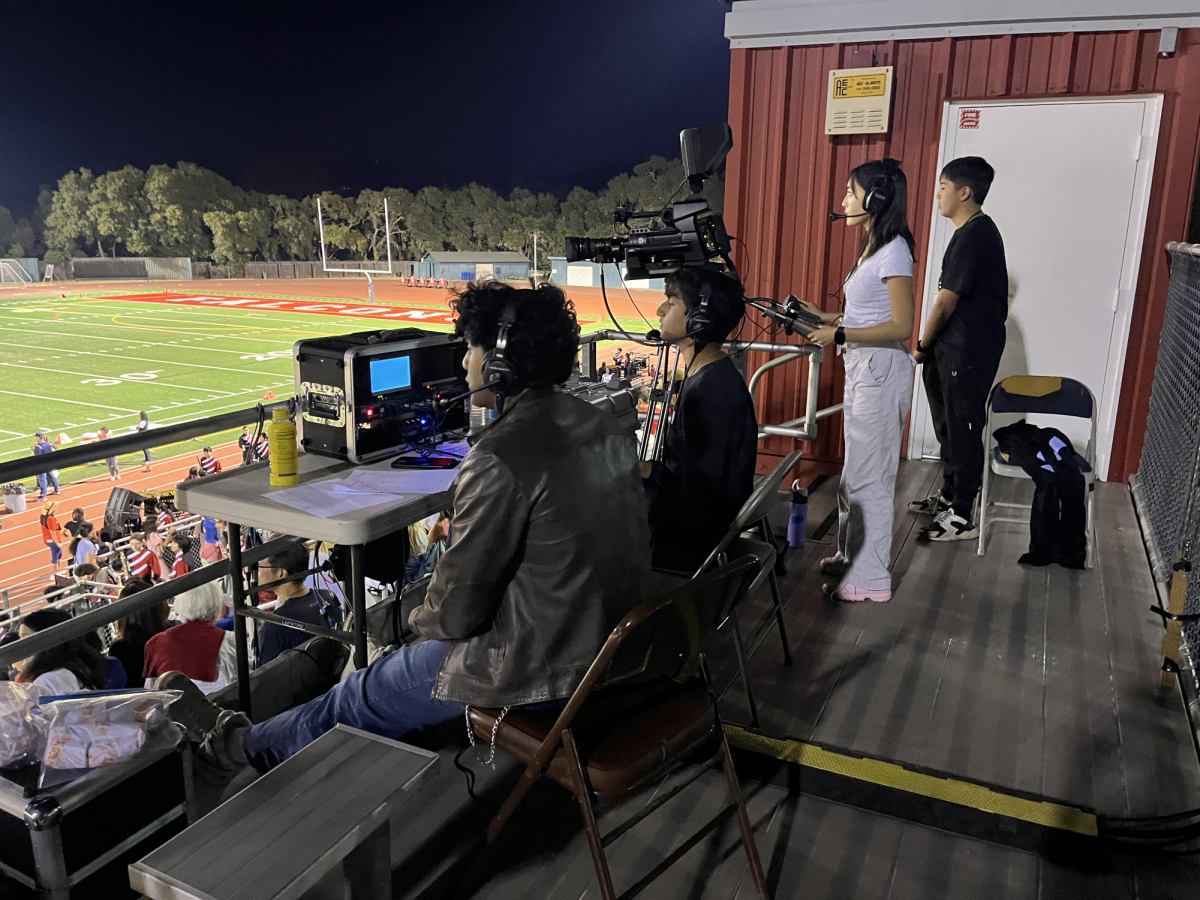It’s a classic lunchtime scene: a newly licensed junior, eager to take his friends out for their “first” off-campus lunch, speeds to In-N-Out with three or four buddies in the backseat. The engine revs, the radio blares and the thought of a one-year restriction on passengers for new drivers? That thought is long gone.
The infamous one-year restriction, preventing new drivers under 18 to carry passengers during their first licensed year, may win the title of most-broken rule on campus. Though often emphasized by parents and warned against by officials, most new drivers soon discover what they find to be a limited risk in driving others.
The one-year rule is statistically effective — there’s no doubting that. It is part of a nationwide movement in the last couple decades to instate Graduated Driving Laws, or GDLs, which place various limits on young drivers. The one-year rule in California has been shown to significantly reduce the number of fatal traffic accidents, but many other states have experienced similar successes with slightly different rules.
Though the rule is well-intended, California should modify the one-year passenger restriction and instead tighten other aspects of the GDLs.
According to the Governors Highway Safety Association, California is the only state to institute a 12-month period in which drivers with an intermediate license cannot drive any other passengers. Some states instead have shorter 3-month or 6-month periods without passengers — both are more realistic time periods to expect licensed drivers to wait to drive others.
However, rather than restricting the time drivers must wait to carry passengers, roughly 30 states restrict the number of people that new drivers can carry. Most of these states allow drivers to carry only one passenger for a certain period — usually either three, six or 12 months — and certain places, such as Washington, D.C., and South Carolina, allow two passengers.
Limiting passengers enables new drivers to become more comfortable driving others. In the same way that teenagers must learn to drive, they also much learn to drive with distractions. Expecting someone to spend a full year alone in their car and then permitting them to drive around as many friends as they wish is a recipe for disaster.
Though rule-abiding drivers will have likely refined their driving skills in one year, they will be wholly unprepared to focus on the road if their friends jump in the car only to blast music and scream over each other’s voices.
States GDLs also vary as to how many months a permitted driver must wait to test for their license after passing the written permit test and taking driving lessons. The six-month learning period is not uncommon, but many states require a one-year wait to allow drivers to become fully comfortable before they are unleashed on their own. For example, Colorado, Florida, Georgia and Mississippi, among others, require a 12-month learning stage.
If the goal of the California one-year passenger rule is to to ensure drivers are comfortable on the road and thus reduce accidents, why does California not extend their 6-month permitted driving phase? Drivers would have a very difficult time violating this rule since they must be accompanied by a licensed driver over 25 — parents would likely realize when a car is missing from their home.
While it may be reasonable, it is unrealistic to expect new drivers to refine their driving skills in one year of driving alone. That would be more easily accomplished during the learner stage when accompanied by an older, licensed driver.
Each of these areas of the GDLs could easily be improved. Not only would altering the one-year rule create a more realistic expectation for new drivers, but it could likely lower traffic accidents and fatalities. As of now, it is difficult for a largely ignored and little-enforced rule to be effective.

























